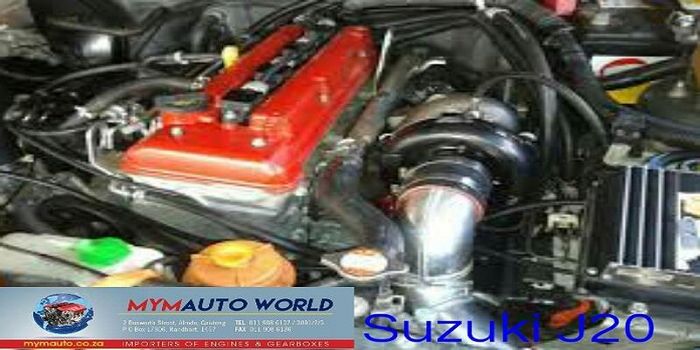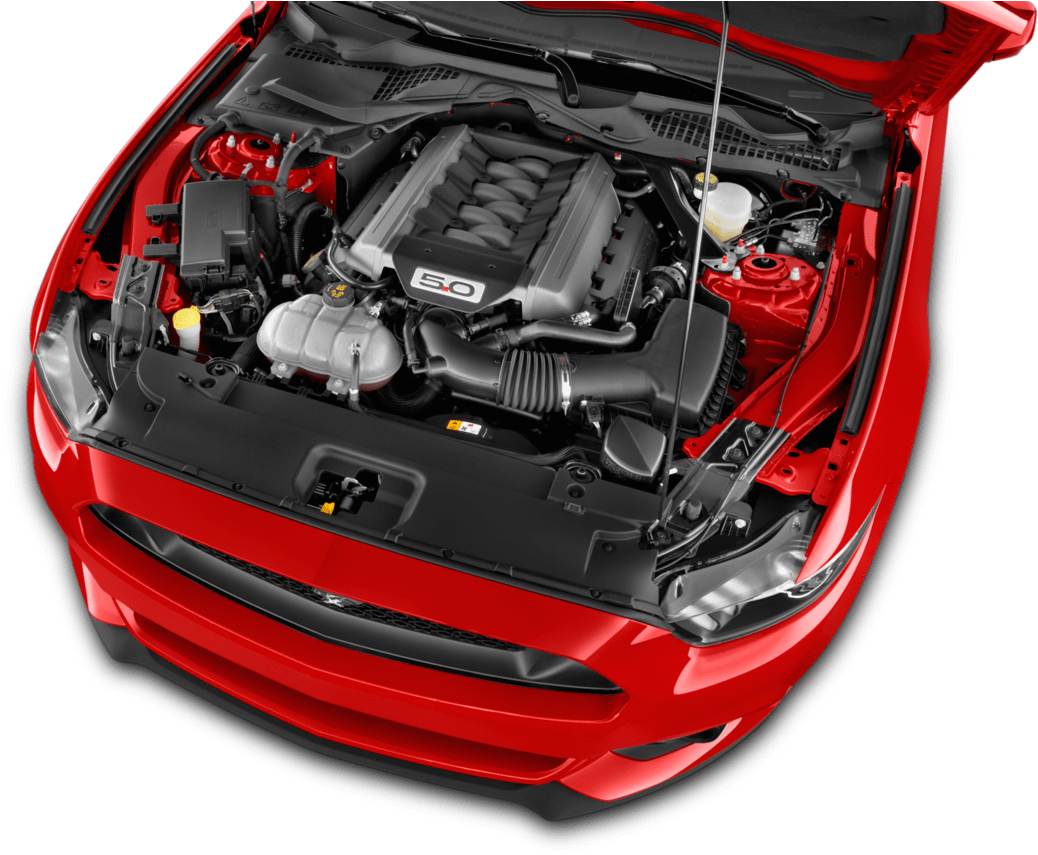Opel Corsa Engine: Performance and Dependability for Your Car
Opel Corsa Engine: Performance and Dependability for Your Car
Blog Article
Exploring the Inner Operation of a Compact Automobile's Engine System
As motorists, we often consider approved the elaborate processes that take place within the confines of our vehicle's engine system. The portable yet intricate equipment that moves us forward is a wonder of engineering accuracy and sychronisation. From the regulated explosions in the burning chamber to the meticulous timing of gas injection, every part plays a critical function in the smooth procedure of the engine. In this exploration of a compact vehicle's engine system, we will decipher the internal functions of this mechanical symphony, clarifying the enigmas that drive us onward on our everyday trips.
Burning Refine Summary
The burning procedure in a portable car's engine system is a crucial mechanism that successfully converts fuel into energy to power the lorry. This process occurs within the combustion chamber of the engine, where gas and air mix, ignite, and produce controlled surges. The burning procedure contains four primary phases: consumption, exhaust, power, and compression.
Throughout the intake stage, the piston relocates downward, pulling in a combination of air and fuel right into the burning chamber. The following stage, compression, entails the piston moving upwards, compressing the air-fuel combination to enhance its strength. Subsequently, in the power stage, the spark plug sparks the compressed blend, resulting in a fast development of gases that requires the piston pull back. This downward motion creates the power needed to drive the lorry. Finally, in the exhaust phase, the burnt gases are removed from the combustion chamber via the exhaust shutoff, preparing the chamber for the following cycle. This cyclic combustion process is basic to the procedure of a compact lorry's engine system, making sure effective energy conversion for propulsion.
Piston and Cylinder Communication

The piston's exact fit within the cylinder is necessary for keeping ideal compression and stopping power loss throughout combustion. Tight clearances between the piston and cylinder walls ensure reliable securing, permitting the piston to relocate smoothly without enabling gases to leak past. Proper lubrication is also vital to minimize friction and use between these components, boosting long life and efficiency.
Moreover, the design and materials made use of in making the piston and cylinder impact engine efficiency and toughness. Modern engines commonly utilize lightweight yet durable materials like aluminum alloys for pistons and cyndrical tube linings to decrease inertia and enhance thermal performance. Generally, the harmonious interaction in between the piston and cylinder is essential to the engine's functionality and general performance.
Gas Shot System Capability
Fuel shot systems in small vehicle engines play a critical duty in exactly supplying fuel to the combustion chamber for regulated and efficient ignition. The gas injection system operates by injecting gas into the combustion chamber at the optimum moment throughout the engine's operation (opel corsa engine). This specific timing makes sure that the gas mixes equally with the air for proper combustion, leading to boosted fuel effectiveness and reduced discharges
There are primarily two kinds of helpful resources gas injection systems utilized in compact car engines: port gas injection (PFI) and direct gas injection (DFI) PFI systems inject fuel right into the intake port before the consumption shutoff, while DFI systems inject gas directly into the combustion chamber. Both systems have their benefits, with DFI providing far better gas atomization and PFI offering a much more cost-effective option.
Recognizing Engine Air Conditioning Mechanisms
Efficient procedure of a compact vehicle's engine relies greatly on the efficiency of its cooling mechanisms. The air conditioning system in a portable automobile normally consists of numerous elements working together to manage the engine temperature. Understanding these engine air conditioning systems is vital for Recommended Site preserving the efficiency and durability of a compact vehicle's engine system.

Exhaust System Components Explained
The ideal performance of a compact lorry's engine cooling devices depends on a complementary system understood as the exhaust system, which comprises different important elements for making sure efficient discharges and engine efficiency. The exhaust manifold collects exhaust gases from the engine's paths and cyndrical tubes them to the catalytic converter.
One vital part of the exhaust system is the oxygen sensor, which keeps an eye on the oxygen levels in the exhaust gases to assist manage fuel usage and make certain ideal engine efficiency. opel corsa engine. Additionally, the resonator may be existing in some exhaust systems to reduce sound degrees. Overall, the exhaust system plays a crucial function in maintaining engine effectiveness, lowering harmful discharges, and making certain a quieter driving experience for compact car proprietors

Verdict
Finally, the small automobile's engine system is an intricate combination of elements that work with each other to promote the combustion process, transform gas into power, and eliminate waste gases. Recognizing the inner operations of the engine system, consisting of the piston and cyndrical tube communication, gas shot system, engine cooling mechanisms, and exhaust system components, is vital for keeping optimum performance and efficiency of the automobile.
The burning procedure in a portable vehicle's engine system is a crucial system that effectively converts fuel right into read here power to power the vehicle.Gas shot systems in portable lorry engines play an essential duty in specifically supplying gas to the combustion chamber for regulated and reliable ignition.There are largely 2 types of fuel injection systems used in portable vehicle engines: port fuel injection (PFI) and direct gas shot (DFI) Recognizing these engine air conditioning systems is important for maintaining the performance and longevity of a compact lorry's engine system.
The optimum functioning of a compact lorry's engine air conditioning systems depends on a complementary system recognized as the exhaust system, which comprises various essential parts for making certain effective emissions and engine efficiency.
Report this page